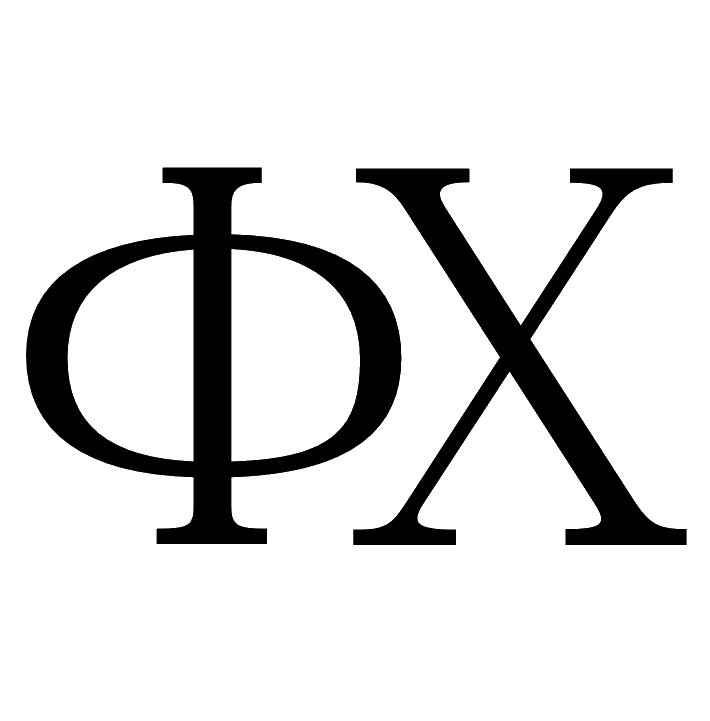Model of a three-qubit cluster in a thermal bath
E. Andre1,2, A.N. Tsirulev1
1 Tver State University
2 Faculty of Sciences, Agostinho Neto University
DOI: 10.26456/pcascnn/2023.15.223
Original article
Abstract: This work studies a mathematical model of a quantum cluster consisting of three qubits and being in thermal equilibrium with the environment. The effective Hamiltonian is invariant under permutations of qubits and consists of two parts. The first part is similar to the Heisenberg XYZmodel with internal two-qubit interaction, while the second includes three-qubit interaction with the thermostat. Such a quantum system admits a fully analytical investigation and is considered in the context of mathematical modeling of quantum metamaterials, in which nanoclusters are elementary structural units with the strong internal interaction of qubits and the relatively weak coupling with the environment. For the Hamiltonian, we construct an orthonormal basis of eigenvectors, which includes the maximally entangled W-state. We also obtain the density operator of the cluster state in explicit form, and study the temperature dependences of the thermodynamic characteristics of the cluster: the partition function, entropy, and free energy. It is shown that the conditions of thermal equilibrium in this quantum system are satisfied at temperatures from 0,2 K to microkelvins, which correspond to the operating range of modern quantum logic elements and quantum simulators.
Keywords: cluster of qubits, Hamiltonian, Pauli basis, operator exponential, density operator of a state, Gibbs-von Neumann state, partition function, entropy, free energy
- Eduardo . Andre – 4th year postgraduate student, Applied Physics Department, Tver State University , Faculty of Sciences, Agostinho Neto University
- Alexander N. Tsirulev – Dr. Sc., Professor, Department of General Mathematics and Mathematical Physics, Tver State University
Reference:
Andre, E.. Model of a three-qubit cluster in a thermal bath / E.. Andre, A.N. Tsirulev // Physical and chemical aspects of the study of clusters, nanostructures and nanomaterials. — 2023. — I. 15. — P. 223-230. DOI: 10.26456/pcascnn/2023.15.223. (In Russian).
Full article (in Russian): download PDF file
References:
1. Boudreault C., Eleuch C., Hilke M., MacKenzie R. Universal quantum computation with symmetric qubit clusters coupled to an environment, Physical Review A, 2022, vol. 106, issue 6, pp. 062610-1-062610-23. DOI: 10.1103/PhysRevA.106.062610.
2. Klimov V.V. Control of the emission of elementary quantum systems using metamaterials and nanometaparticles, Physics-Uspekhi, 2021, vol. 64, issue 10, pp. 990–1020. DOI: 10.3367/UFNr.2021.01.038910.
3. Jung P., Ustinov A.V., Anlage S.M. Progress in superconducting metamaterials, Superconductor Science and Technology, 2014, vol. 27, no. 7, art. no. 073001, 13 p. DOI: 10.1088/0953-2048/27/7/073001.
4. Forrester D.M., Kusmartsev F.V. Whispering galleries and the control of artificial atoms, Scientific Reports, 2016, vol. 6, art. no. 25084, 8 p. DOI: 10.1038/srep25084.
5. Chitambar E., Gour G. Quantum resource theories, Reviews of Modern Physics, 2019, vol. 91, issue 2, pp. 025001-1-025001-48. DOI: 10.1103/RevModPhys.91.025001.
6. Rakhmanov A.L., Zagoskin A.M., Savel'ev S., Nori F. Quantum metamaterials: Electromagnetic waves in a Josephson qubit line, Physical Review B, 2008, vol. 77, issue 14, pp. 144507-1-144507-7. DOI: 10.1103/PhysRevB.77.144507.
7. Andre E., Tsirulev A.N. Modelirovanie zaputannykh sostoyanij v klasterakh kubitov [Modeling of entangled states in qubit clusters], Fiziko-khimicheskie aspekty izucheniya klasterov, nanostruktur i nanomaterialov [Physical and chemical aspects of the study of clusters, nanostructures and nanomaterials], 2022, issue 14, pp. 143-146. DOI: 10.26456/pcascnn/2022.14.342. (In Russian).
8. Tsirulev A.N. A geometric view on quantum tensor networks, European Physical Journal Web of Conferences, 2020, vol. 226, art. № 02022, 4 p. DOI: 10.1051/epjconf/202022602022.
9. Nikonov V.V., Tsirulev A.N. Pauli basis formalism in quantum computations, Mathematical modelling and geometry, 2020, vol. 8, no. 3, pp. 1-14. DOI: 10.26456/mmg/2020-831.
10. Takeda K., Noiri A., Nakajima T. et al. Quantum tomography of an entangled three-qubit state in silicon, Nature Nanotechnology, 2021, vol. 16, pp. 965-969. DOI: 10.1038/s41565-021-00925-0.
11. Menke T., Banner W.P., Bergamaschi T.R. et al. Demonstration of tunable three-body interactions between superconducting qubits, Physical Review Letters, 2022, vol. 129, issue 22, pp. 220501-1-220501-6. DOI: 10.1103/PhysRevLett.129.220501.
12. Kim M., Song Y., Kim J, Ahn J. Quantum-Ising Hamiltonian programming in trio, quartet, and sextet qubit systems, PRX Quantum, 2020, vol. 1, issue 2, pp. 020323-1-020323-9. DOI: 10.1103/PRXQuantum.1.020323.
13. Briegel H.J, Raussendorf R. Persistent entanglement in arrays of interacting particles, Physical Review Letters. 2001, vol. 86, issue 5, pp. 910-915. DOI: 10.1103/PhysRevLett.86.910.
14. McCoy B.M. Advanced statistical mechanics, International series of monographs on physics, Oxford: Oxford University Press, 2010, 640 p.
15. Deçordi G.L., Vidiella-Barranco A. Two coupled qubits interacting with a thermal bath: A comparative study of different models, Optics Communications, 2017, vol. 387, pp. 366-376. DOI: 10.1016/j.optcom.2016.10.017.
16. Cassidy A.M., Mason D., Dunjko.V., Olshanii M. Threshold for chaos and thermalization in onedimensional mean-field Bose Hubbard model, Physical Review Letters, 2009, vol. 102, issue 2, pp. 025302-1-025302-4. DOI: 10.1103/PhysRevLett.102.025302.
17. Rigol M., Dunjko V., Olshanii M. Thermalization and its mechanism for generic isolated quantum systems, Nature, 2008, vol. 452, pp. 854-858. DOI: 10.1038/nature06838.
18. Volovich I.V., Inozemcev O.V. On the thermalization hypothesis of quantum states, Proceedings of the Steklov Institute of Mathematics, 2021, vol. 313, issue 1, pp. 268-278. DOI: 10.1134/S0081543821020255.
